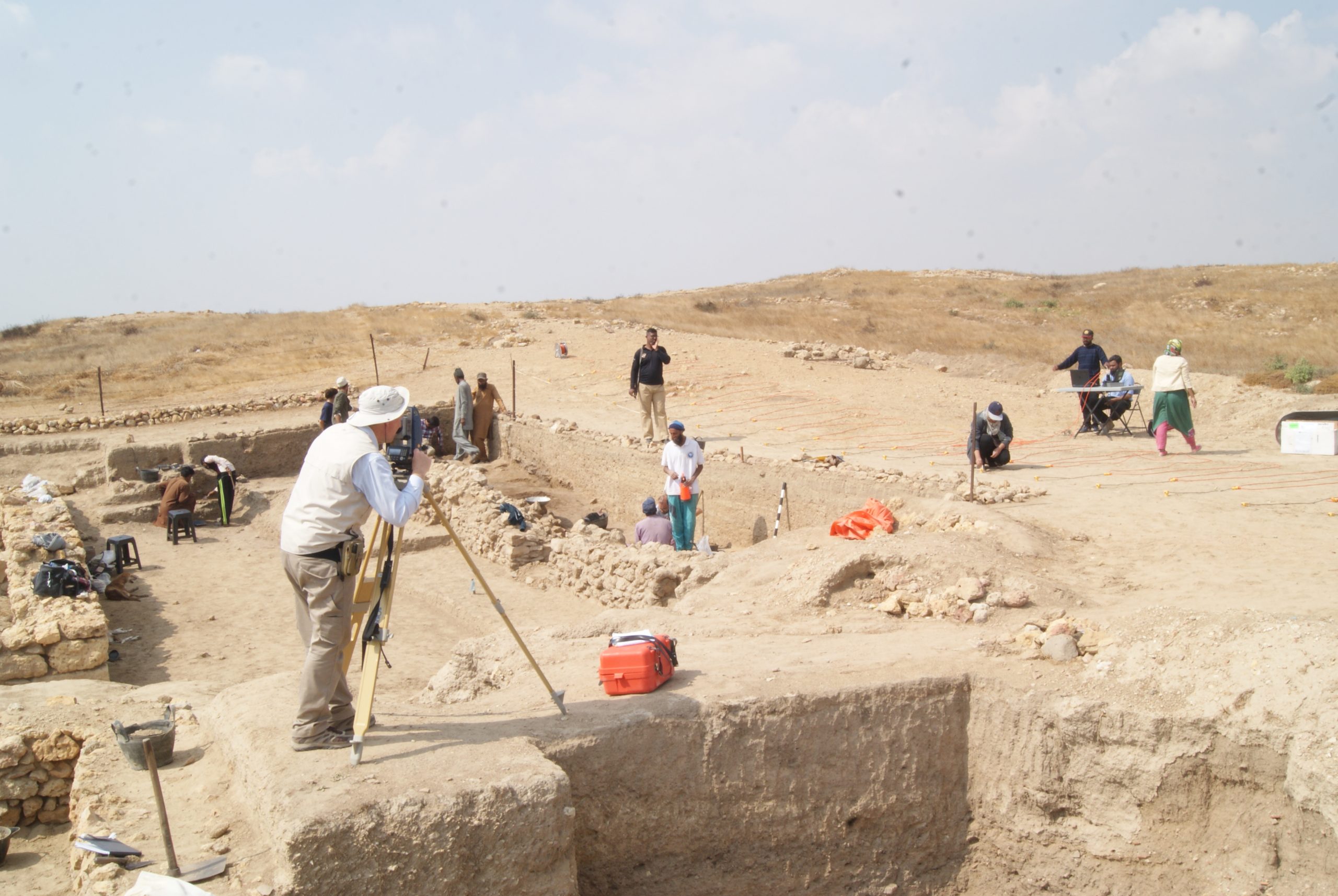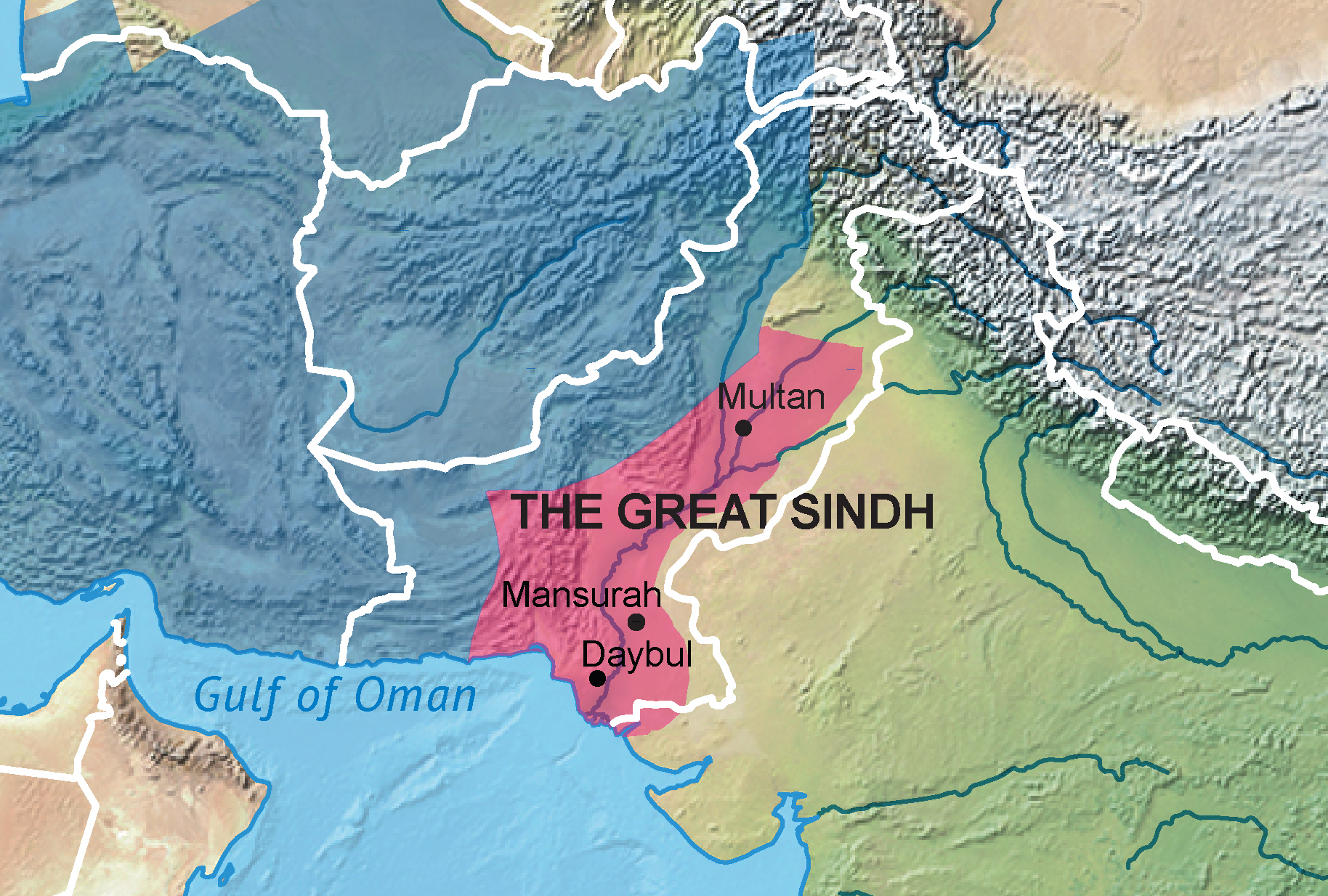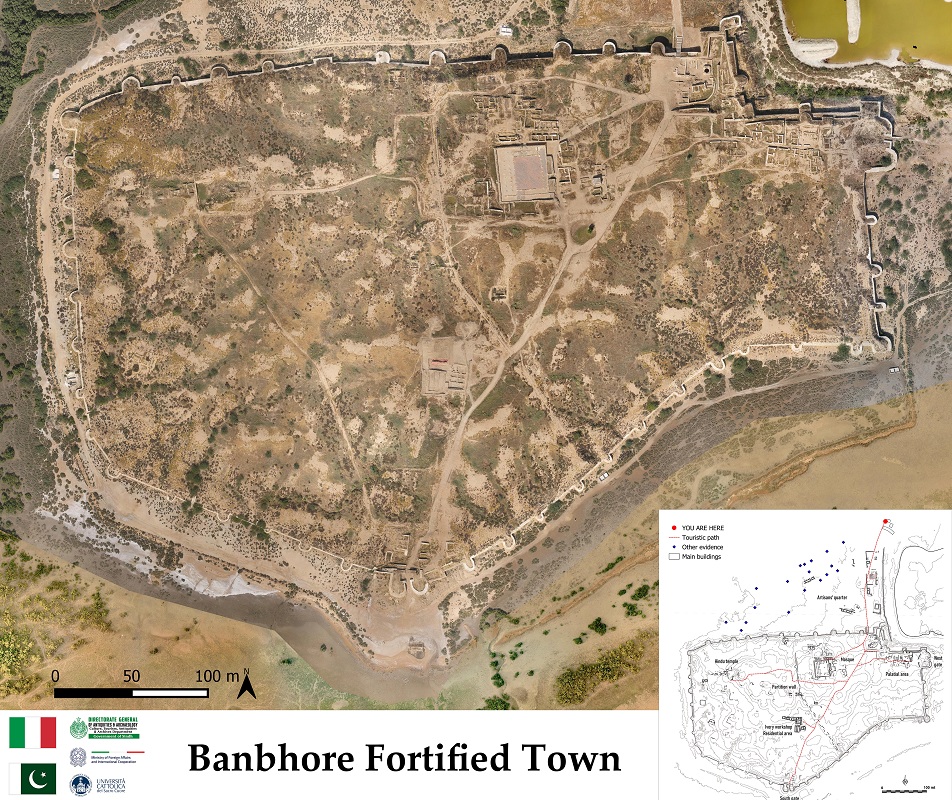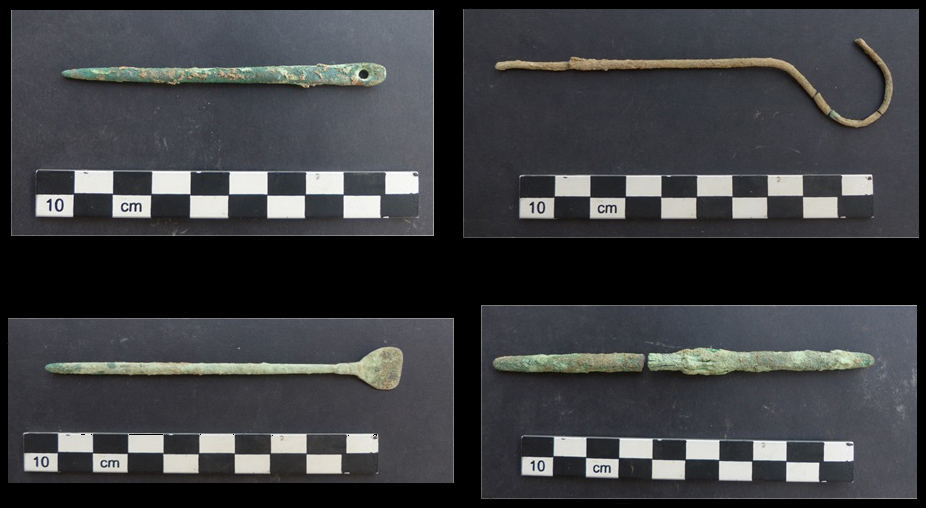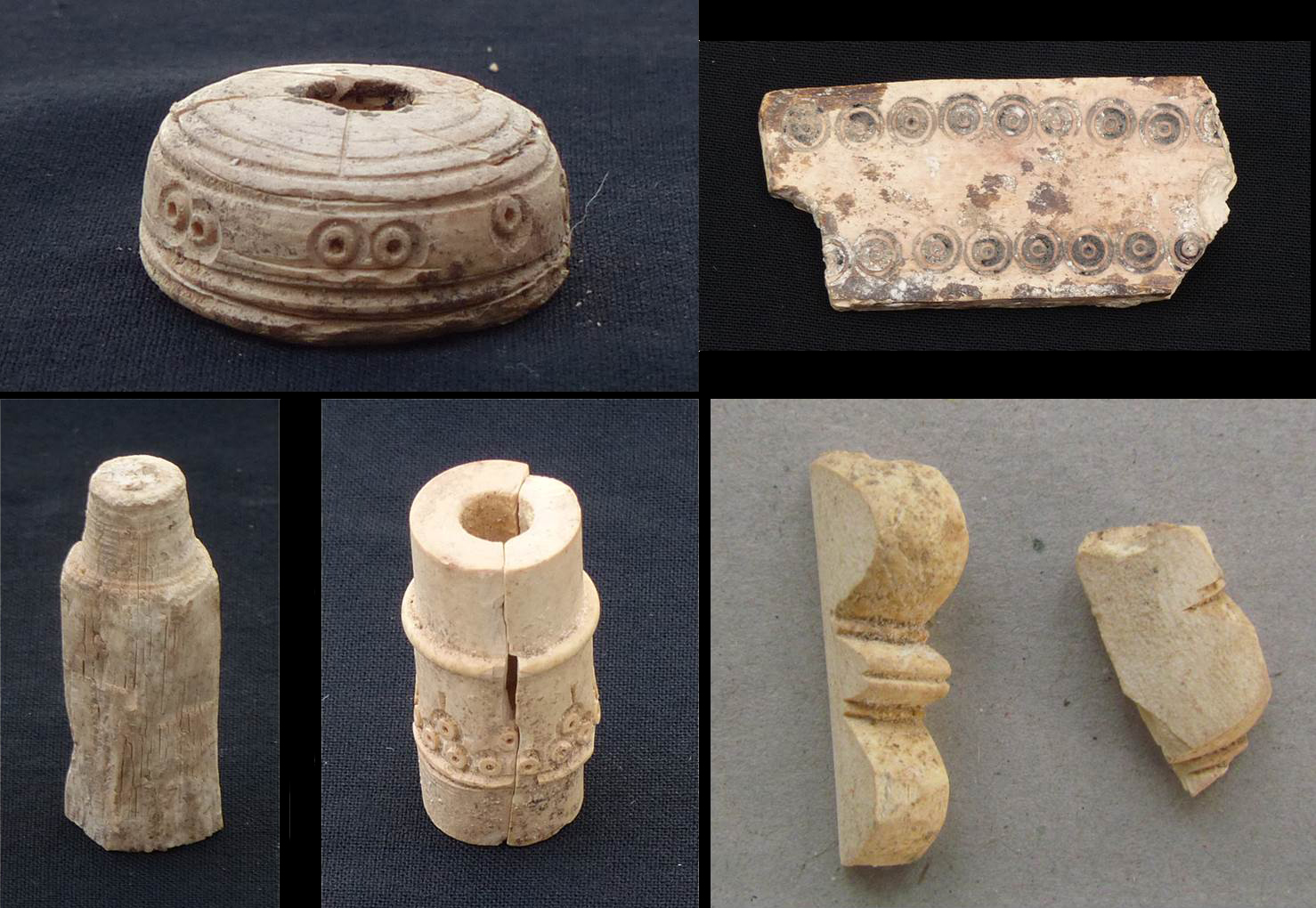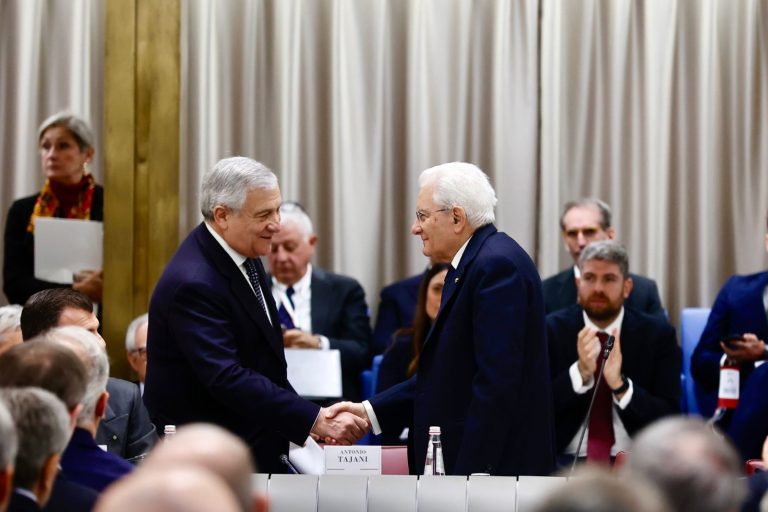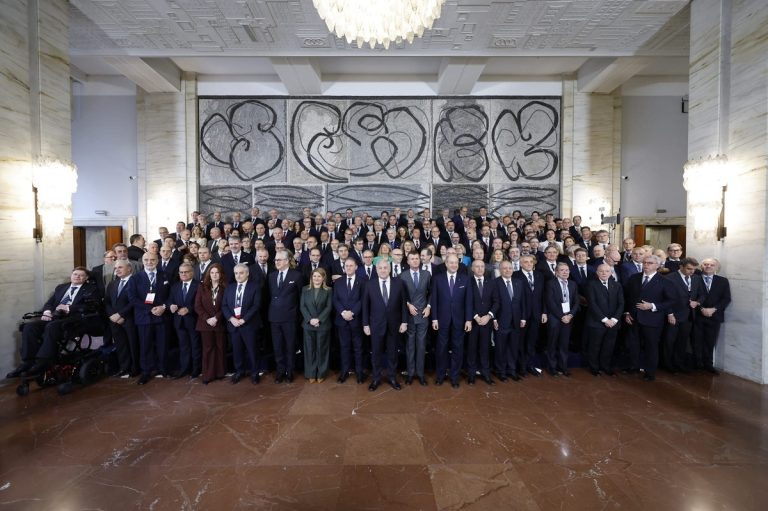A New Urban and Architectonic Plan
By the first decade of the 11th Century, Oghuz tribes came down from Transoxiana laying waste the superb Arab Emirate of Mansura, taking into slavery young boys and women to be sold on Bukhara’s market. Mansura’s harbour, Daybul, was also attacked and plundered. Textual sources are silent on the following decades. Archaeological excavations of the Catholic University of Milan have brought to light in the site’s central-western portion (2019-2024) architectonic relics of imposing buildings along two main North-South/East-West road-axes and their structural re-construction for a different usage, pointing to a drastic reorganisation of the citadel.
A New Age of Cultural Renaissance…and a New Rulership? Archaeological, Architectonic and Archaeometric Data Integrate Textual Sources
While archaeological excavations at Mansura (Dr N. Khan) have put the word “End” to the splendour of the Emirate’s capital-city, the Italian excavations at Banbhore complement F.A. Khan’s diggings in the North-Eastern portion of this harbour-town (1958-1964 c.) and point to a new phase of stable peopling on the ruins of the Past. Here, Khan unearthed palatial constructions, elegant pottery, precious objects. In the citadel’s central-western portion, the Italians are bringing to light an amazing workshop of luxury goods: ivory workshops (Building 1 and Building 2), glass and ceramics (Trench 9), metallurgy (Building 4) and others.
A new quarter surrounded by ancient restored walls, whose narrow access-gates allowed to levy the proper duties on visitors and merchants there converging to bargain and buy. Outside, at the foot of the citadel’s north-western bastions, acres of ruins, workshops (plaster, T13) and others are visible and under study.
Striking Similarities with Mansura and Multan Markets
The similarity of Daybul’s new plan with what minutely described by travelogues of the 10th Century about Mansura and Multan markets and workshops, induces to think that their rulers (and their skilled craftsmen) somehow managed to escape the Oghuz hordes, seeking refuge in the islands at the Indus’ mouth, a hostile liquid habitat feared by nomads. Then, they found a new shelter within Daybul’s walls.
And at Daybul, within its Imposing Bastions, this Rulership Recreated the Citadel’s Plan and, with it, its Fortunes and International Network of Trades and Cultural Relationships
Banbhore’s pottery is a precious marker of this epoch’s wide range of imports, exports and cultural exchanges. It also suggests dates, complementing textual evidence. Other significant pointers are glass fragments, ivory working and metallurgical skills, which enhance the rulership’s political, administrative and economic ability.
Under Seljuk military patronage (1050-1170 c.), the ancient relationships’ network with Iraq, Yemen and eastern coasts of Africa was revived through agreements and marriage allegiances. The land-route to Shiraz via Makran-Yazd-Istakhr was reactivated. Agreements and matrimonial alliances between Chaghri Beg the Seljuk and Oghuz and Qarakhanid confederations revived prosperous transit-trades with China and Central-Asian Principates.
This new apex lasted until the sixties of the twelfth century, when Sultan Sanjar shattered the understandings with Oghuz and Qarakhanids. They took their revenge invading and devastating the Indo-Iranian lands to the sea. Which signed Daybul’s gradual abandonment and end.

